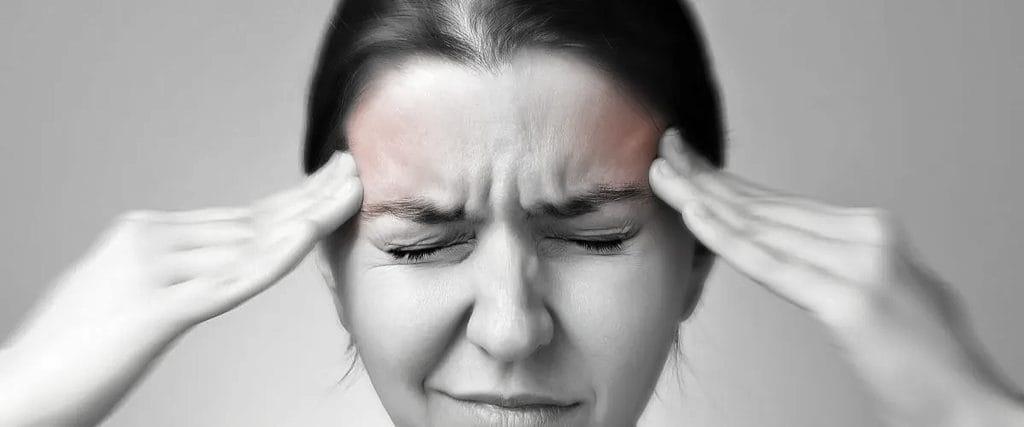Default
Attack-Based Care and the Migraine Toolbox
Effective and comprehensive migraine treatment means individualized treatment planning, and there are no “one-size-fits-all” recipes. Having multiple treatment options in your migraine toolbox helps you better manage life with migraine, but figuring out how to treat each individual attack takes it one step further. That is where Attack-Based Care comes into the picture! As you are deciding how to treat your migraine attacks, there are a few questions you should ask yourself and your doctor. The answers you come up with, and the information in the coming blogs, will help support you with what you need to develop your attack-based care plan.
Read MoreThe Stoplight Theory and Migraine Attacks
How many times have you been asked to rate your pain on a scale of 0 – 10? If you’re like me, more times than you can count. But does it really convey the amount of pain AND discomfort we are experiencing? Our migraine treatment plan is often based on the number we assign to our pain, so we need to have a method of communicating that pain and discomfort, as well as how our quality of life is being affected.
Read MoreMigraine Symptoms: A Closer Look at GI Issues
Gastrointestinal symptoms commonly accompany migraine attacks. Although they do not necessarily come along with every attack, these symptoms can be quite debilitating and difficult to treat when they do. They can also add to the already intense pain of an attack and leave you feeling drained for days.
Read MoreMigraine Symptoms: A Closer Look at Head Pain
Arguably the most debilitating symptom, head pain, presents in many forms. It can vary from person to person and attack to attack, and it has the power to bring daily activities to a complete halt.
Read MoreMore Than Just a Headache: Examining Migraine Symptoms
Intense head pain is usually the most notable migraine symptom, but it is not the only one. Today we begin a new blog series, More Than Just a Headache: Examining Migraine Symptoms to take a closer look at the variety of ailments that often come along for the ride. We hope to help you better understand your unique set of migraine symptoms and offer tips for managing them.
Read MoreThe Impact of Living with Chronic Migraine
Almost 40 million people in the United States are estimated to be living with migraine. Globally, that number amounts to 1 billion. When the condition is chronic, debilitating symptoms such as throbbing pain, speech changes, and nausea may manifest more often, which can have a devastating impact on a person’s daily life. This article will dive deeper into the effects of chronic migraine on different aspects of a person’s life and what patients can do to try and help mitigate the impact of this disease.
Read MoreTen More Primary Headache Diagnoses
Did you know there are 10 more primary headache diagnoses outside the categories of migraine, tension and trigeminal autonomic cephalalgia? While these are lesser known, they have diagnostic significance. Understanding your diagnosis can help you target your treatment. Some require excluding other causes before making the diagnosis. This blog will sort through what sets these apart.
Read MoreWhat People With Migraine Want Their Friends and Family to Know
Though migraine is one of the top ten most debilitating diseases worldwide, it is often misdiagnosed, under-treated and misunderstood. Those of us who live with this highly stigmatized condition are sometimes hesitant to speak out about the daily challenges we face. But when we talk about our condition and the many ways it impacts our lives, we raise awareness, help others feel less alone and create real change.
Read MoreThe Empowered Patient: How to take an active role in your health and care
The World Health Organization defines patient empowerment as “a process through which people gain greater control over decisions and actions affecting their health.” Becoming an empowered patient can help ensure you’re receiving quality treatments that are right for you and increase your chances of healing.
Read MoreManaging Acute Pain: Building a Migraine Comfort Plan
We’ve all had those moments. You’re going about your day when suddenly that all too familiar pain starts building as a migraine attack shows up, hell-bent on taking over. The anxiety and stress about what is to come creeps in. Often, the first step in controlling the pain is keeping calm, which is easier said than done! For times like these, it may be helpful to create a migraine comfort plan so you can be prepared and have everything you need close by in order to help you get through an attack.
Read More6 Easy Ways to Beat Holiday Stress
As the countdown to Christmas is underway, here are 5 simple things you can do to beat that last minute holiday stress.
Read More“I Hope You Feel Better”
Parenting with migraine is not easy, but holding tight to sweet moments helps keep things in perspective.
Read More










